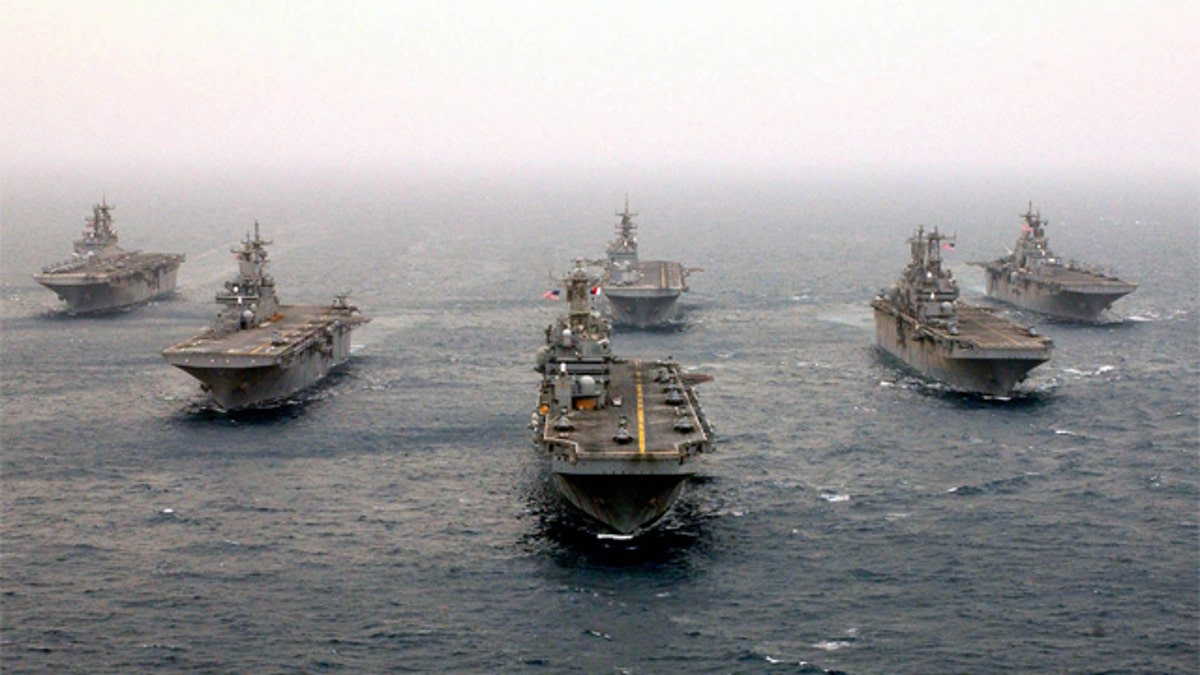
The battleships of the future will be equipped with megawatt-class free electron lasers.
The Navy has passed a major milestone in its quest to build an incredibly powerful new anti-aircraft gun.
Scientists with the Navy's Office of Naval Research have demonstrated a prototype system capable of producing from thin air the electrons needed to generate ultrapowerful, "megawatt-class" laser beams for the agency's next-generation system.
"The injector performed as we predicted all along," said Dinh Nguyen, senior project leader for the Free Electron Laser (FEL) program at the Los Alamos National Lab, N.M. "But until now, we didn't have the evidence to support our models. We were so happy to see our design, fabrication and testing efforts finally come to fruition."
He said the group is hoping to set a world record with the futuristic new weapon -- which could be the Holy Grail of military lasers.
FEL technology generates powerful laser beams by passing a stream of electrons -- those tiny, charged particles of matter -- through magnetic fields. Using electrons means avoiding the hassle of chemical fuels that are required for ordinary gas lasers, and bypassing the heating issue of electronic lasers.
FEL lasers can also be calibrated more specifically for anti-aircraft purposes, the Navy said, to adjust for precipitation, cloud cover, or humidity.
Quentin Saulter, FEL program manager for the Navy's research arm, said the implications of the FEL's progress are monumental. "This is a major leap forward for the program and for FEL technology throughout the Navy," Saulter said. "The fact that the team is nine months ahead of schedule provides us plenty of time to reach our goals by the end of 2011."
The research team hopes to have a full-power prototype by 2018, which would have the ability to instantly blast targets in the sky.
Navy ships have become vulnerable in modern times to supersonic missiles because of their slower defense systems, the agency worries. "The FEL is expected to provide future U.S. Naval forces with a near-instantaneous laser ship defense in any maritime environment throughout the world,” Saulter said.
Moreover, because future ships may very well use a form of electronic propulsion, there would be a readily available supply of electrons to power the raygun.
Originally invented by John Madey in 1976 at Stanford University, the project was picked up and pursued by the ONR in the 1980s -- and may finally become a reality.
